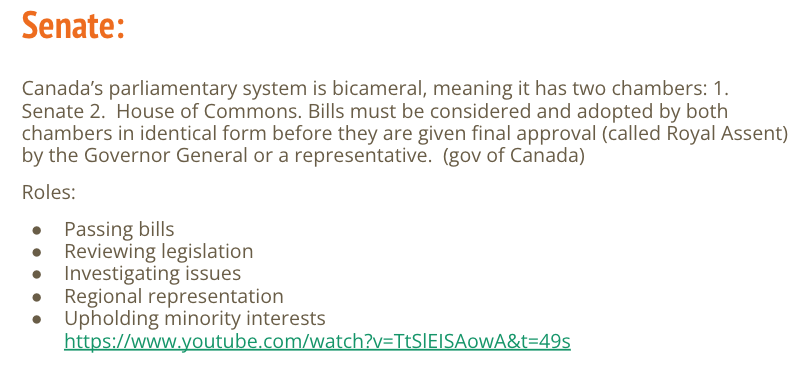1. What are some things that define Canadian identity?
Bilingualism, Diversity and multiculturalism, being polite, parliamentary system of government, universal healthcare, indigenous recognition
2. Why is Canadian identity sometimes hard to nail down?
Canada is so big that often people have a high sense of regionalism
3. What are some ways American's influence Canada and Canadian identity?
pop culture, social media, economic, slang/language, movies/tv, creating a we are not American culture
4. What is regionalism?
-when you identify with your region more than your nation
5. Define ethnic nation. Is Canada an ethnic nation? Y/N why?
ethnic nation is a community of people with the same cultural background, language, religion - Canada is not an ethnic nation but we have several ethnic nations within our borders such as Quebecois, Inuit, Metis etc...



















